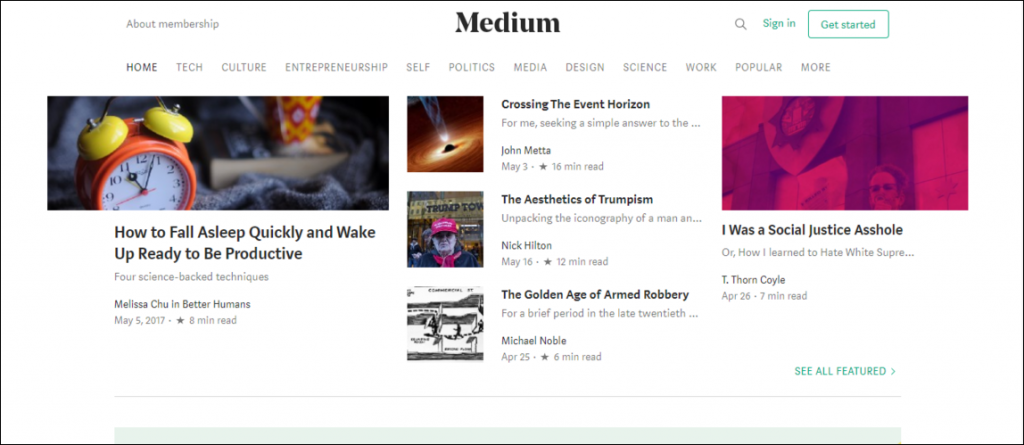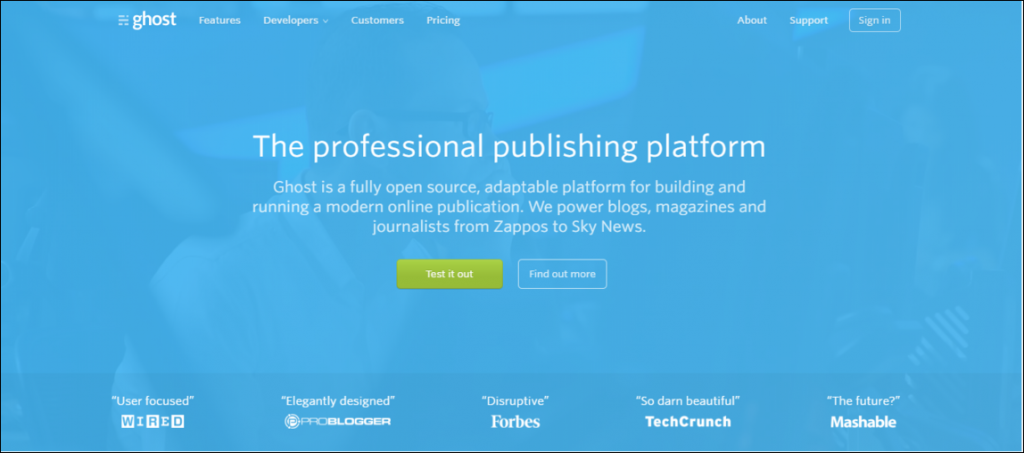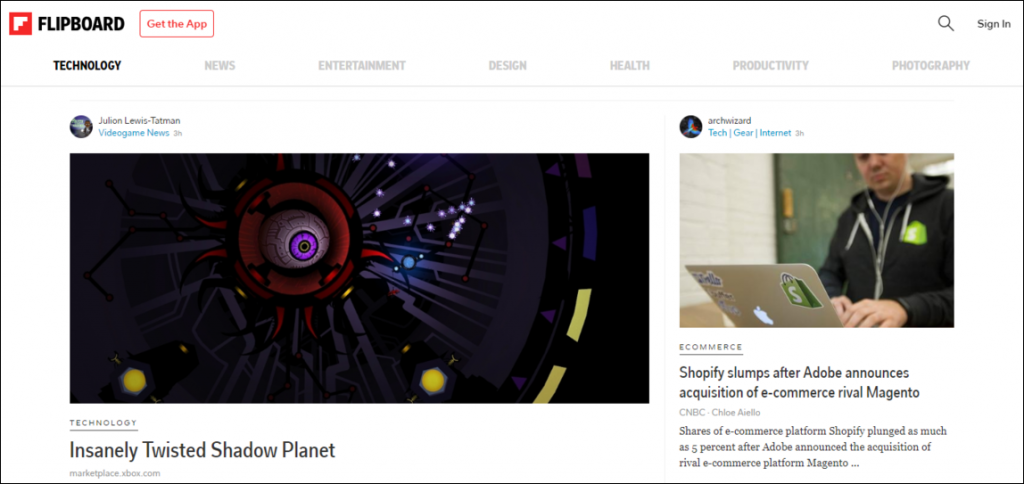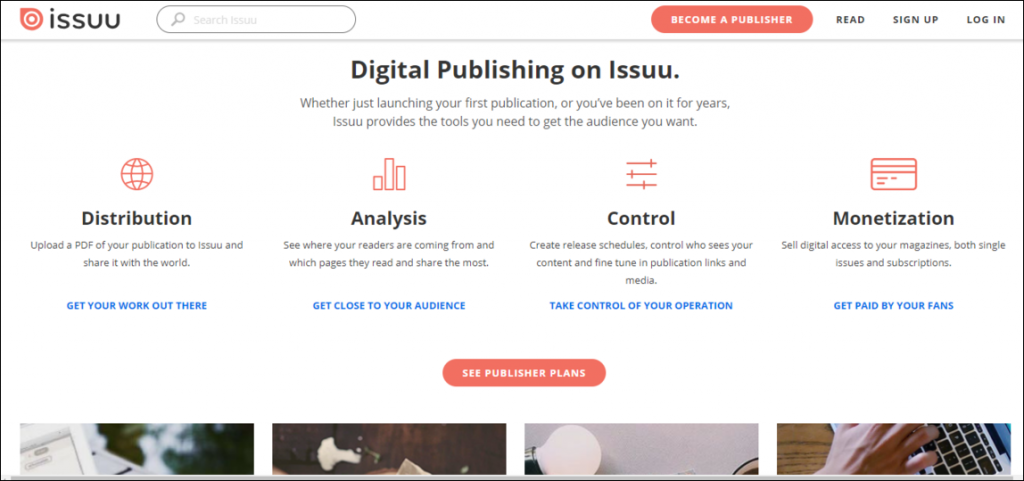5 Underrated Content Marketing Platforms
Table of Contents
This post is for those of you who go, “Dear internet, this is what I have to say…” but don’t know where to start. Or those of you who’ve already exhausted the ‘key channels’ by sharing your creation over and over again. Here we are, to bring to you a quick roundup of some ‘less talked about’ content marketing platforms where you can share your content and grow your audience. And don’t miss out the pointers we share towards the end of the post, on how to promote content on these platforms. Let’s get you started.
1. Medium:
Lot of you might have seen this coming from a country mile away. Medium has become a sounding board of sorts for ideas used by a lot of budding entrepreneurs and trail-blazers. The tagline, “ideas and perspectives you won’t find anywhere else” can’t be any more apt. With that in view, let’s also point your attention to the fact that the platform boasts of 60 million monthly users. It attracts a lot of traffic since it is among the few platforms that prioritize audience over ads hence there are no click baits or gimmicks to distract you from the quality content each top creator has to offer.
Medium is quite easy to use for content marketers since most of the heavy lifting aka SEO stuff, is taken care of by the platform. However, if you still need some inspiration on how to use Medium, follow Jeff Bullas, Larry Kim and Gary Vaynerchuk on Medium.
2. Ghost:
Initially, Ghost was the cooler cousin of Medium with a sleek minimalist look and an invite-only policy to attain access. However, time has brought down the platform from its high horse. Ghost has now become more accessible to all folks of the content world. It is now a better alternative to Medium for the independent content creator or marketer who is looking to promote his/her content. Ghost give you exclusive ownership of your content, provides more elbow-room for themes and customization and helps creates your own brand. Who better to sum-up Ghost for you than founder John O’Nolan “To be a beautifully designed free, open-source platform dedicated to one thing: publishing”
3. Flipboard:
Flipboard is backed by some of the biggest names in the biz and is among the most decorated content platforms. It is a content compilation of sorts. It allows users to compile personal magazines. These magazines can be a collection of articles, social posts, photos, videos, GIFs, music or podcasts held together by a common theme for content marketers and bloggers.
For promotion, you can utilize the Flipboard buttons on your profile and also interact with content posted by other users who post under the same niche. This improves your profile visibility and helps in boosting traffic. Keep following the same process until you witness a traffic uptick.
4. Issuu:
While Flipboard helps bloggers and content marketers compile magazines, Issuu allows them to publish magazines or content in a magazine format. Lot of brands, especially lifestyle publishing houses and fashion magazines, have a conspicuous presence on Issuu e.g. GQ, IKEA, TNE, and Esquire.
Apart from basic magazine editing features Issuu provides in-depth analytics pertinent to the performance of each of these magazines. These insights help users promote and track the performance of the content uploaded on Issuu.
Issuu can be used as a tool to publish and promote e-books, Take the following instance at KA+A, Issuu is used to create and share portfolio books. These books are a great reflection of the brand and an effective promotion tool. With the help of Issuu, the folks over at KA+A are able to reach out to a wider audience at a lesser cost. Thus companies and creators out there can adopt a similar strategy to promote their brand and branded content.
5. Digg:
Content junkies out there will be aware of the Phoenix that is Digg. It started off as an experiment in November 2004 by collaborators Kevin Rose, Owen Byrne, Ron Gorodetzky, and Jay Adelson. After it exploded onto the scene, Digg had a scintillating run for about seven years. It boasted 30 million users during its heyday but things took a turn south after a product reboot after which users jilted the platform in droves and joined the competitor Reddit.
While these platforms have an individual algorithm they run on, here are some tips you can use to make sure your content grabs those extra eyeballs:
Tips:
- Post content regularly. Attaining popularity on these platforms has a lot to do with the snowball effect. Try to get your content to maximum users during the initial few hours after posting. The general consensus out there is that it is advisable to post at least once in a week.
- This goes without saying, use your social media presence on more popular platforms such as Facebook and Twitter to promote the content that you post on niche platforms. Consequently, repurpose content from your blogs and popular social platforms to post on your niche content platform accounts. While posting content on social media adopt interactive methods such as Instagram stories, Facebook live video and so forth. Adopting unconventional methods such as these helps differentiation and results in better promotion.
- Engage with your audience when the opportunity pops up. Just have a gander at the conversation tails that follow posts by popular bloggers. Listening to what the audience say is a great way of coming up with new ideas, improving existing ideas whilst increasing engagement in the process. After all, it’s they who determine the popularity level of your content.
- Invest in paid promotion to go the extra mile. Look no further than this for evidence, According to Wordstream social ad spend by brands has increased by 40 % in 2018
- Never underestimate the effectiveness of a clear picture and a punchy title that captures. According to Heidi Cohen, a blog title is where a visitor decides to read further or not. Without a catchy title, 80% of your visitors will leave without listening to what you have to say.
Now you are equipped with this knowledge, so go forth and be awesome.












2 Comments